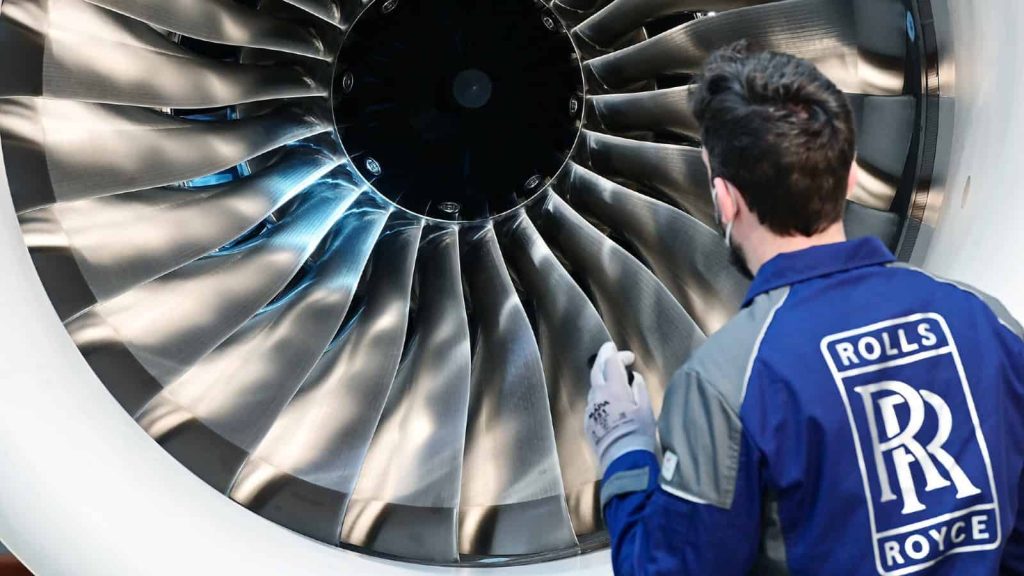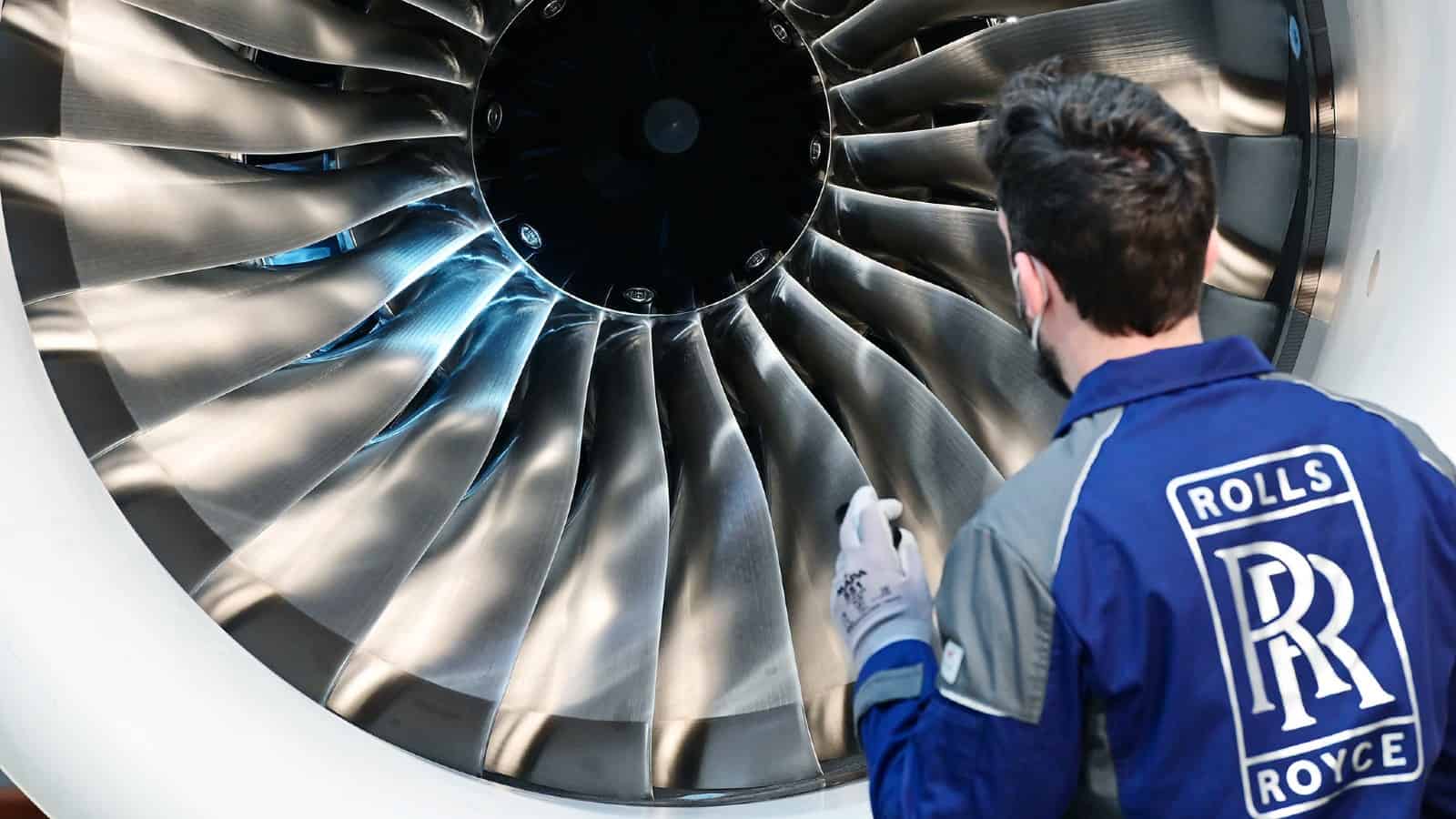An A-Z of the FTSE 100: R is for… Rolls-Royce share price


Since July 2020, the share price of aerospace and defence group Rolls-Royce Holdings (LSE:RR.) has outperformed all others on the FTSE 100. In my opinion, its recovery since the pandemic has been nothing short of remarkable.
In October 2020, when the group announced its life-saving rights issue and debt restructuring, it had a market-cap of £2.5bn. As I write (16 July), itâs worth over £83bn.
Looking ahead
But in my opinion, this exceptional performance is unlikely to be repeated over the next five years. Although analysts are expecting the group to continue to expand, compared to 2024, the consensus is for revenue to grow by 32%, free cash flow to rise by 65% and earnings per share (EPS) to increase by 82% over the next four years.
Of course, these are only forecasts. But at the moment, investors appear to believe these are achievable, which I think is evident from the stockâs current valuation.
Based on its 2024 EPS of 20.29p, the group trades on a multiple of 49.3 times historic earnings. This is very expensive. However, based on the 2028 EPS forecast of 37p, it has a price-to-earnings ratio of 27. Okay, not cheap, but much more reasonable.
And I think this is the key to understanding how the groupâs share price might perform over the next five years. If it can trade in line with expectations — and continue to provide a credible growth story â then its share price should do well. Otherwise, I think there could be a sharp correction.
Getting into the detail
After taking a closer look at the forecasts, I think they are attainable. For example, comparing 2028 with 2024, analysts are forecasting a 62% increase in underlying operating profit for the groupâs Civil Aersopace division. This is underpinned by a 28% (4.5m) increase in the forecast number of large engine flying hours.
This doesnât feel particularly onerous to me, especially if â as has been hinted â the group returns to the narrowbody aircraft engine market. Although itâs a major player for larger planes, its overall share is âonlyâ 12%. The market as a whole is predicted to grow by 7.8% a year through to 2032.
As for the groupâs Defence division, a more modest 33% increase in earnings is predicted. Again, this doesnât feel particularly challenging given the recent decision by NATO members to spend more on military equipment.
And towards the end of this forecast period, the likely impact of small modular reactors should be known. At the moment, thereâs very little contribution expected over the next four years.
Final thoughts
Some of the additional profit is expected to come from margin improvement. Indeed, the groupâs already embarked on a huge cost-cutting exercise which should help improve its bottom line. However, thereâs also a risk here. Some of the anticipated extra margin could come from price increases, which might backfire by damaging sales.
In addition, the aviation industry’s vulnerable to disruption for all sorts of reasons. Also, some of the groupâs engines have been known to develop faults, which could be costly from a financial and reputational perspective.
The stockâs yield of 0.6% is also miserly.
However, on balance, I believe thereâs still some value in the groupâs share price. Therefore, I think Rolls-Royce could be a stock for investors to consider.
The post An A-Z of the FTSE 100: R is for… Rolls-Royce share price appeared first on The Motley Fool UK.
More reading
- I expect this stock to grow faster than the Rolls-Royce share price over the next 5 years
- Is the Rolls-Royce share price fast becoming a joke?
- Rolls-Royce shares: a £1,000 investment in 2020 is now worthâ¦
- 3 risks to the Rolls-Royce share price, after its 979% climb
- Rolls-Royce shares are close to reaching £10. Is it too late to buy?
James Beard has positions in Rolls-Royce Plc. The Motley Fool UK has recommended Rolls-Royce Plc. Views expressed on the companies mentioned in this article are those of the writer and therefore may differ from the official recommendations we make in our subscription services such as Share Advisor, Hidden Winners and Pro. Here at The Motley Fool we believe that considering a diverse range of insights makes us better investors.






